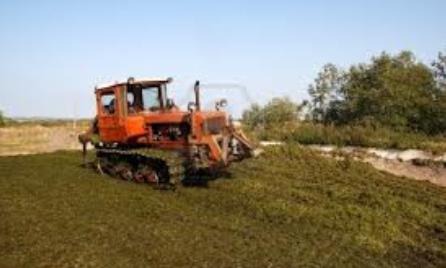
Research conducted at the University of Pretoria has tested for lactate to determine the processes of converting grass into silage and probiotics.
The research, undertaken using a YSI Biochemistry Analyser, measured the lactate levels within animal silage and also attempted to produce the probiotics necessary for animal feed.
Desirable bacteria help convert carbohydrate into lactic acid
The cheapest source of feed for all livestock enterprises is grass and it is heavily depended on as a source of energy for animals, as well as providing necessary minerals and vitamins.
The ensilage process consisted of preserving green forage crops under acidic conditions, ensuring they remain in the correct state.
After the grass is fully respired, bacteria are added to control the process of fermentation. The bacteria present fall into desirable and undesirable categories.
Desirable bacteria help convert carbohydrate into lactic acid and are usually strains of lactobacillus and streptococcus.
If the anaerobic bacteria are evenly distributed throughout the crop, the silage could last for several years, provided the correct conditions are maintained.
Probiotic feed additives are also used to provide a continuous supply of lactic acid producing bacteria found within the intestines of healthy animals to aid digestion of feed.




